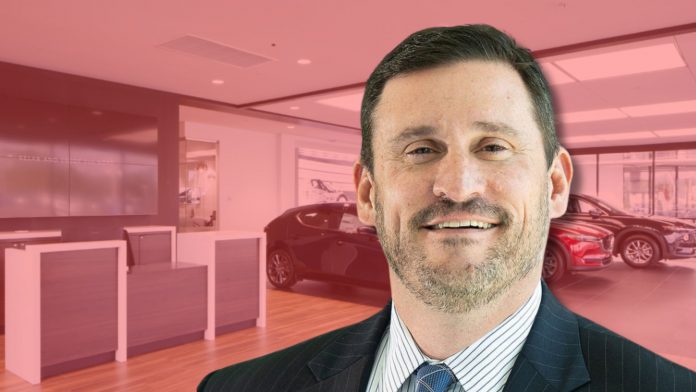Sonic Automotive saw earnings and revenues rise over the course of 2023 even as profitability headwinds put downward pressure on margins, according to the company’s quarterly and full-year earnings released today.
The dealership group’s fourth-quarter financials were hampered by a pre-tax charge of $16.7 million relating to non-cash impairment charges and an additional one-time income tax charge of $5.8 million. Without these expenses, Sonic Automotive would have generated a quarterly net profit of $56.9 million but has instead reported earnings of $38.7 million. Nevertheless, this represents a significant improvement from Q4 2022, during which the company reported a net loss of $190.9 million. The company’s revenue of $3.6 billion was nearly identical to the prior-year period’s.
On a full-year basis, Sonic Automotive posted $14.4 billion in revenue, up 3% year-over-year and the highest on record. The company’s net profit of $178.2 million is more than double what it earned in 2022, even though the number was similarly held back by $79.3 million in non-cash impairment charges and other one-time expenses. The brand’s franchised dealerships generated $448 million in combined income, down 30% from the previous year despite a 3% increase in annual revenue. EchoPark revenues also climbed, rising 1% to $2.4 billion, but still suffered a loss of $82 million. The dealership group shut down several EchoPark locations in mid-2023, a move it says cost $35.3 million.
Overall, Sonic Automotive maintained an admirable momentum throughout Q4 and the rest of 2023. However, while certain areas performed outstandingly well, there were no sweeping improvements. Many components of the company’s operations struggled, partly due to extensive charges and mostly due to profitability pressures. The latter’s influence can be seen when comparing car sales and per-unit earnings. New vehicle retail volumes on a same-store basis rose 10% from the year before but generated 30% less profit. That being said, the 2022 car market was far removed from both the business of old and of today. Now that supply levels and pricing are returning to normal, dealership groups are likely to see some growing pains as conditions return to the pre-pandemic status quo.



